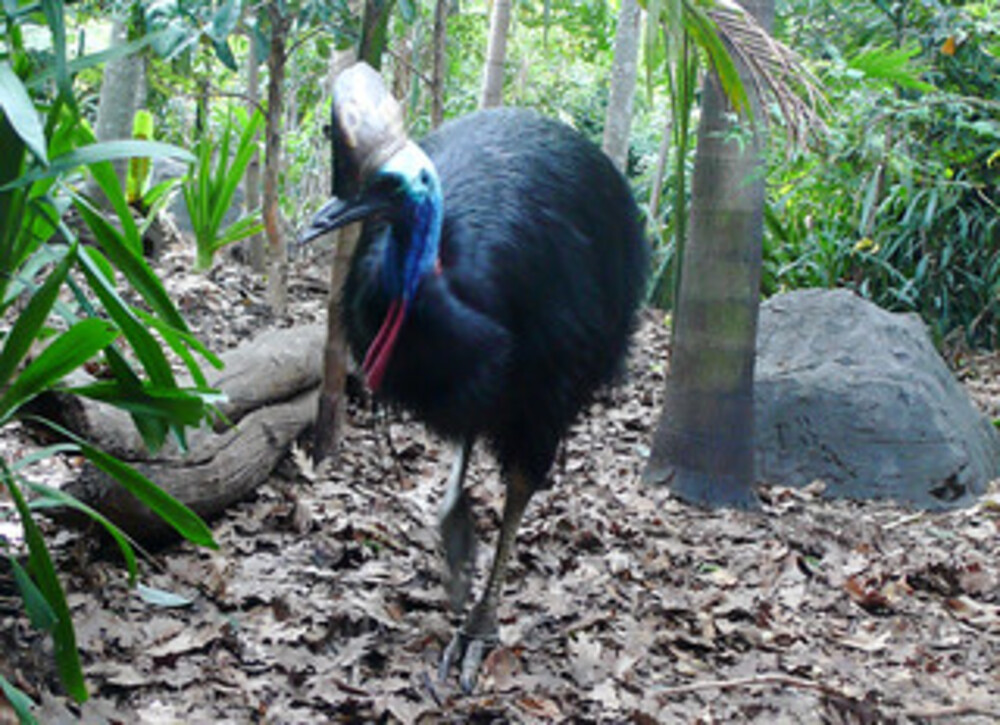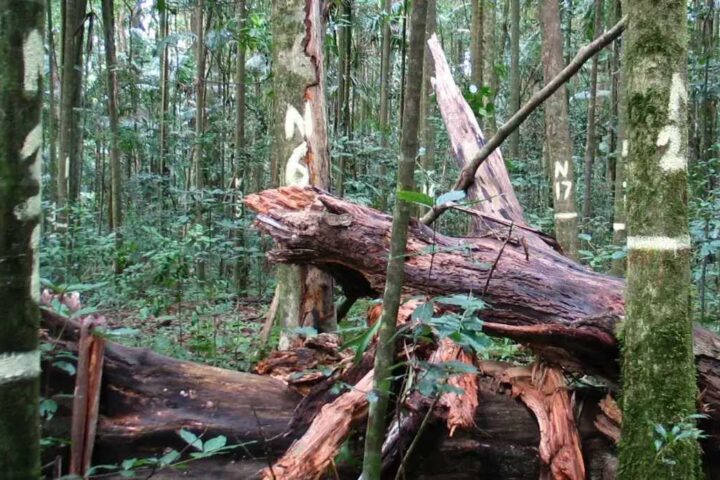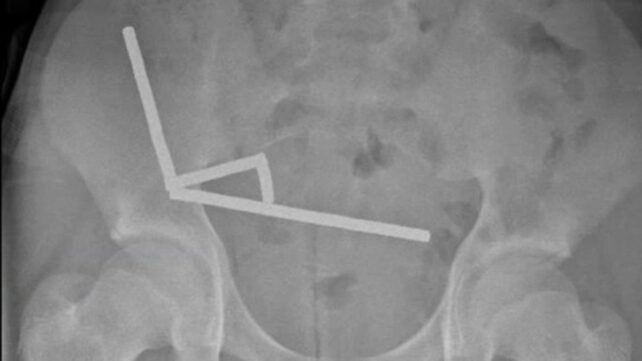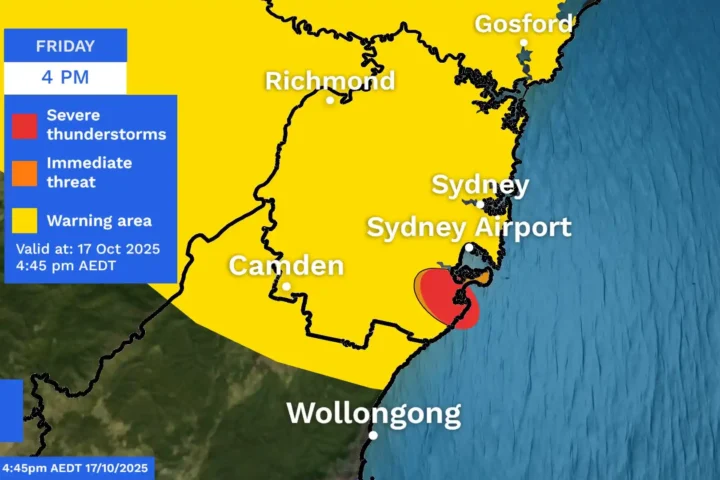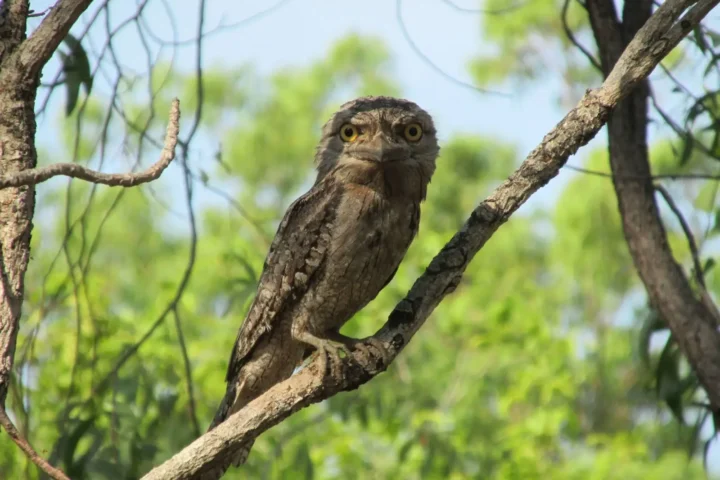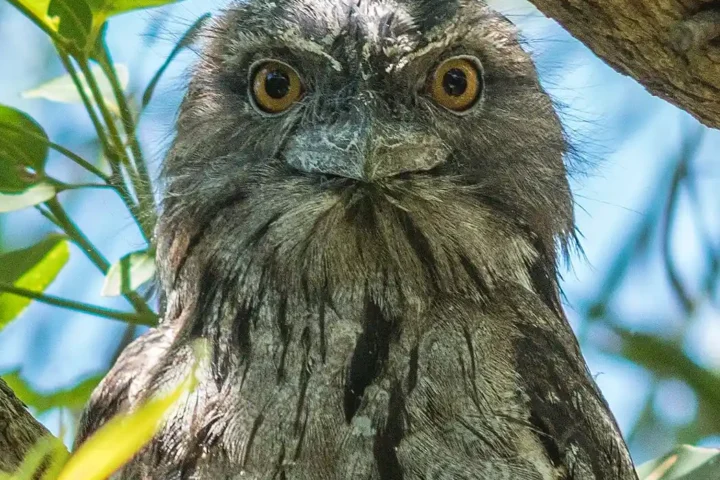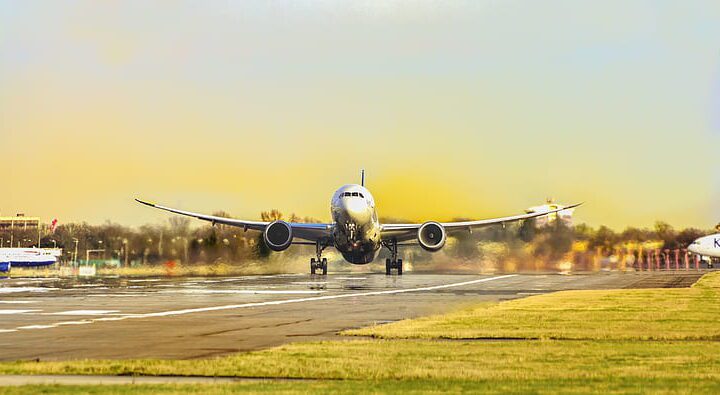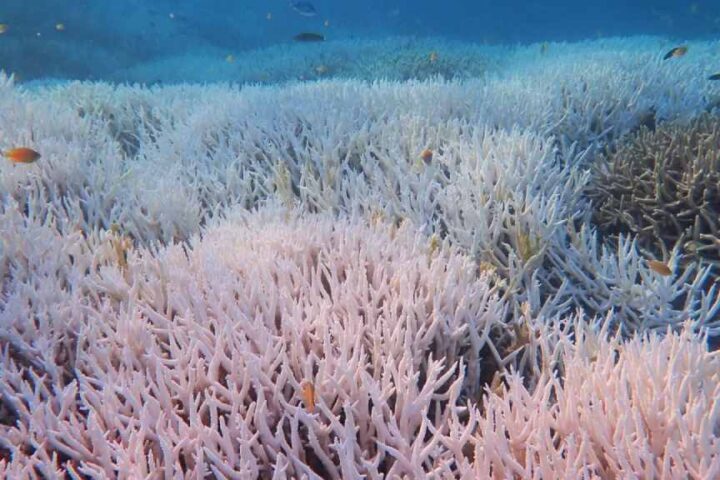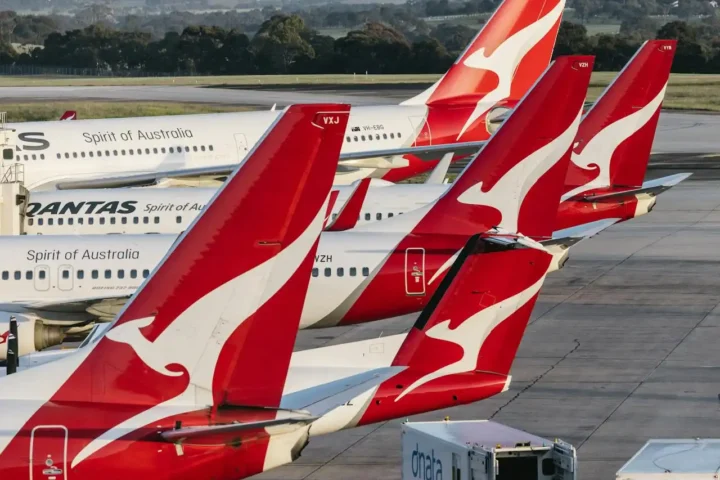Cassowaries, often called the “world’s most dangerous bird,” are imposing creatures native to the tropical rainforests of Australia and New Guinea. Despite their fearsome reputation, these prehistoric-looking birds play a vital role in maintaining forest ecosystems while facing significant conservation challenges.
Standing as tall as a human and weighing up to 76 kg, cassowaries look like they stepped out of the Jurassic era. They sport glossy black feathers, a vivid blue neck and face, and a distinctive helmet-like casque on their heads. Their most dangerous feature, however, is the long dagger-like claw on each foot, which they can use with devastating effect when threatened.
“There’s just something primeval about them,” says Andrew Mack, who spent five years studying cassowaries in Papua New Guinea. “They look like living dinosaurs.”
Unlike their more famous cousin, the emu (one of Australia’s national symbols), cassowaries prefer to keep to themselves in dense rainforest. This reclusive nature has contributed to their endangered status, as habitat loss pushes them into closer contact with humans.
Peter Rowles, founder of the Community for Coastal & Cassowary Conservation (C4), notes that “many more cassowaries die from humans than humans die from cassowaries.” These deaths often result from vehicle strikes, dog attacks, and habitat destruction.
Although cassowaries are typically shy, they can become aggressive when provoked or habituated to human food. A 2001 study in the Journal of Zoology found that 75% of dangerous encounters between cassowaries and humans occurred when people were feeding the birds.
Similar Posts
If you encounter a cassowary in the wild, Rowles advises: “First thing is put your hands behind your back. Be as boring as you can be, so you’re not attracting that cassowary’s attention. Move behind a tree. Just blend into the environment.”
Despite their intimidating appearance, cassowaries serve as critical ecological partners in rainforest preservation. As the world’s largest frugivores (fruit-eaters), they consume many fruits daily and spread the seeds through their droppings, helping maintain forest diversity.
“The feeding of cassowaries appears to change their natural behavior, making them bold and aggressive,” wrote researcher Christopher P. Kofron, adding that “in the single fatal attack, the victim was trying to kill the cassowary.”
Cassowaries have several surprising abilities. They can sprint at speeds up to 31 miles per hour, leap seven feet into the air, and are strong swimmers. They also have unusual family dynamics – females lay eggs and then leave the nest, while male cassowaries incubate the eggs and raise the chicks alone.
Some Aboriginal cultures consider cassowaries culturally significant, featuring them in traditional dances, rituals, and stories. These indigenous communities are now often engaged in cassowary conservation efforts.
As habitat destruction continues to threaten these remarkable birds, conservation programs such as habitat restoration projects and community education initiatives are becoming increasingly important to ensure the survival of Australia’s prehistoric rainforest guardians.
